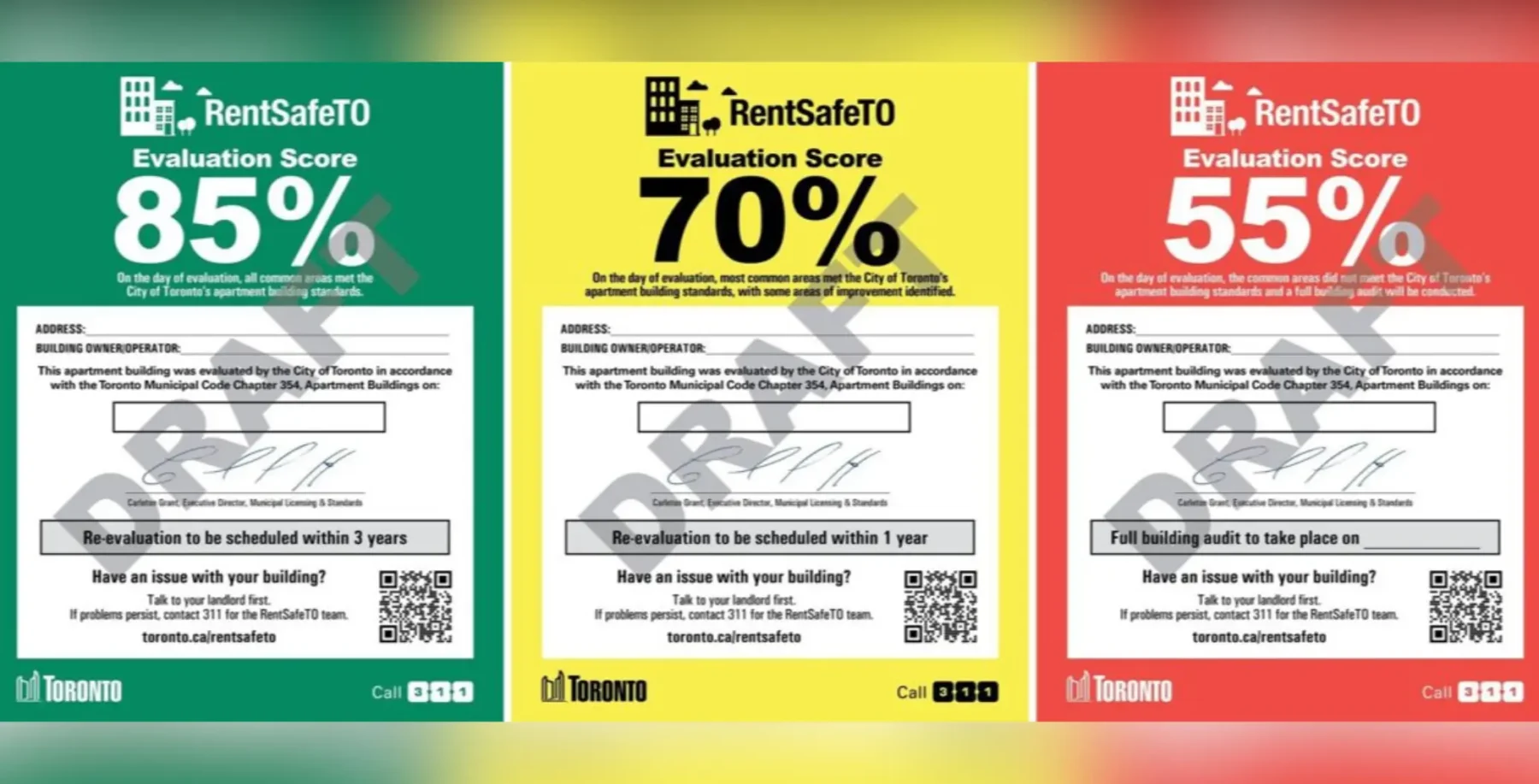
Rating: NNNNN
I don’t know if it’s the roast chicken, the white wine, the after-dinner coffee or the grapes, but by the time I’m on the subway, all intestinal systems are go and initiating launch sequence. There’s still a bus connection after this. I’m not going to make it home.
I get out at the Yonge-Bloor station, duck-walking up the stairs, gasping, “C’mon, c’mon, c’mon,” when I see the taped-up sign, “Our Of Order. Sorry For The Inconvenience.”
I have to leave the subway proper, forfeiting $2.25 that I’m chronically broke enough to miss. The Hudson’s Bay Centre food court is battened down for a nuclear strike or something. A surly custodian lectures me about how it’s past banking hours. At last I reach the downstairs bathroom of some pub on Yonge, nearly sobbing with gratitude. What happens next is a release as venerable as the formation of methane.
It occurs to me, as it has many times, that there are too few public washrooms.
The word “public” itself is suspicious. A bar can eject me, arguing that the washroom is for paying customers food courts are closed after business hours and the TTC is covered in No Loitering signs. Then there was the time I had to buy a cup of coffee only slightly less brown and rancid than the Baker’s Dozen washroom while waiting for an all-night bus. “Only for customers,” said the clerk to me and the empty room. Is this how we were meant to live? These are some mean streets when your colon’s in third gear.
I decide to visit subway station washrooms. Each of them had spreading pools of septic water bleed out of toilet stalls. The generously sized handicapped stall at Kennedy station currently has no seat. Signs promising that the washrooms are cleaned three times daily are usually posted next to others prohibiting loitering.
In the midst of this survey I hop out at Dundas Square. Kyle Rae calls the facility there “palatial,” and indeed it’s one of the most well-equipped and cleanest-smelling public dumping grounds in the megacity.
But let’s be frank – it’s really hard to spot the tiny washroom sign, which is absurdly upstaged by the ginormous T.O. Tix sign and jumbotrons everywhere. And it’s only open till 10:30 pm on the country’s most populated corner.
Richard Anderson, a historical geographer at York University, who has studied public sanitation extensively brings me up to speed. “The whole topic is a kind of window onto the history of what people do with their bodies in public places,” he says.
At one time in the not so distant past, there were city-run public toilets right out in the open. The Victorian 19th century was anxious to get bodily functions behind closed doors. Women’s self-restraint could be depended on, but men were pissing everywhere, so the first public washroom, an underground walk-down at the head of Toronto Street, was for guys.
“They were trying to control the urinary habits of working-class men,” says Anderson. When women’s washrooms were built, they were too shy to use them, and the situation didn’t change much until the 1940s.
Then, as now, there was a lot of fuss about where they were to be sited. Nobody wanted one on their street. Nonetheless, things went ahead, generally following streetcar junctions. They were grandiose affairs with lovely tiles, inspired designs and attendants, partly there to explain how to use them. By the early 20th century, the city was teeming with public commodes, at street level and below.
So what ruined it? The auto, of course. In the 1920s, trying to meet the demand for washrooms in suburban areas and keep down costs, city council exploited newly proliferating gas stations by making the installation of toilets a licence requirement.
“There was a scheme in the 60s to bring public washrooms back to the downtown, but instead they opted for their inclusion in the underground of large downtown buildings,” says Anderson. The last public washrooms, at Keele and Dundas, were closed.
Things have changed a great deal since they were built. “We don’t have that kind of culture any more,” says Anderson. When the flush toilet first conquered the globe, public space was a fact of life. “The street was a social space. Every house had front porch, and the street wasn’t murdered by cars. Public space was a resource.”
Councillor Kyle Rae recalls the public washrooms of the 60s and the “moral terror” he believes did them in. “Moral terror – does that convey the right sense? – like Reefer Madness. There was a great fear about what people do in washrooms,” meaning gay sex, a complaint still aimed at park facilities today. Add to this fears of drug use and vandalism.
As for the TTC, it has no plans to expand facilities, according to spokesperson Marilyn Bolton. They mean to stand pat with the eight facilities at terminal stations or former terminals like Wilson and Eglinton. So try to hold it – you’re in for a long ride.
Nonetheless, travellers return from foreign cities with exotic stories of unisex washrooms in Austria, where parties of both genders saunter in and out oudoor pissoirs in France, Amsterdam and other centres of shamelessness or pit toilets in Asia where you squat over a round hole like you’re in a tribal birthing tent, feet in helpfully placed grooves.
Then there are the wondrous APTs – automated public toilets – operating in over 600 cities worldwide, including Paris, Athens and Singapore. For one euro (about $1.60), you gain entry to this futuristic contraption, which steam-cleans itself when you leave.
Apparently, Japanese APTs have clocks to inform you of time elapsed and push-button control panels that include options like a false flushing sound to mask embarrassing noises. They have bidets and air-dryers for your backside.
Is the self-cleaning robotic toilet one of those things that the rest of the first world has and we don’t, like soccer teams? Well, it just so happens that there are 25 APTs in San Francisco, charging a quarter per visit, and Boston, New York and Vancouver (which still has two working “comfort stations” from the 20s) are considering them. The matter isn’t entirely unheard-of in North America.
Is Toronto ready to deploy comforting way stations for the pissy humanity scurrying along its streets, anxious to fit their bodies into civilization? One thing is certain – this is one human problem that won’t go away.
news@nowtoronto.com












